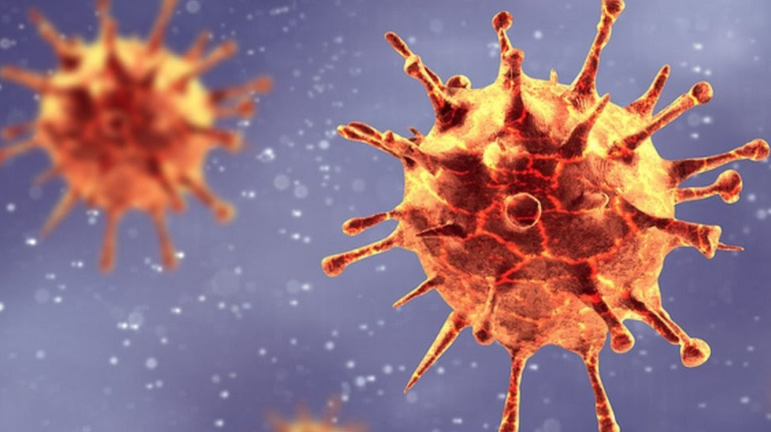COVID-19 Update December 21, 2020
- icshealthsciencejournal

- Dec 21, 2020
- 2 min read
Updated: Dec 29, 2020
This article contains:
New SARS-CoV-2 Strain
New SARS-CoV-2 Strain
Written By: Kandharika Bamrungketudom
A new SARS-CoV-2 strain, known as the VUI-202012/01, has recently emerged in the United Kingdom. It is believed that this strain appeared around September of 2020 in London and Kent and has spread throughout the south of England since. The strain was identified by Public Health England (PHE) in October. As of the 13th of December, 1,108 cases involving this new variant had been found in England. Because of this, England and many surrounding countries are imposing tighter regulations to control the spread of disease, including the banning of travelers from England into some countries. The question then is if this variant is more contagious or deadly than the other variants in the past.
There had been many variations, due to mutation, of the SARS-CoV-2 since its original outbreak in 2019, as is common with any virus, including the seasonal influenza virus, which mutates every year. With the other mutations, it has been concluded that they did not give rise to any quicker spreading ability. However, due to the quick spread that is arising with this new strain in the UK, an analysis by the New and Emerging Respiratory Virus Threats Advisory Group (Nervtag) states that it can indeed spread more quickly. Additionally, the health secretary of the UK, Matt Hancock, said that this new strain is “70 percent more transmissible than the dominant strain in the UK.” Meanwhile, more data is being analyzed to gain a better understanding.
Relatively little is known about this new strain of the virus, but so far there has been no evidence to support this strain being any more deadly than the previous strains of COVID-19.
As of the present, the analysis of this new variant detected a total of 23 mutations, some of which are silent, meaning that they do not affect the function of the virus. A notable mutation, however, is in one of the proteins known as N501Y, which allows it to attach to human cells better, making them more infectious. Julian Tang, a virologist at the University of Leicester, however, mentioned that this is not a new mutation, but has been around in areas such as Australia, the USA, and Brazil. This opens the possibility of this new virus having come from travelers from those countries, rather than having mutated within the UK.
Currently, it is still believed that the COVID-19 vaccine would be able to work against this new strain. This is due to the fact that vaccines generally operate by producing antibodies that bind to the surface proteins of the viruses, preventing them from entering the human cells. A vaccine also usually produces more than one type of antibody, thus allowing it to bind to a range of surface proteins on the viruses. There is a very low probability that this new strain would be able to evade these different antibodies.







Comments